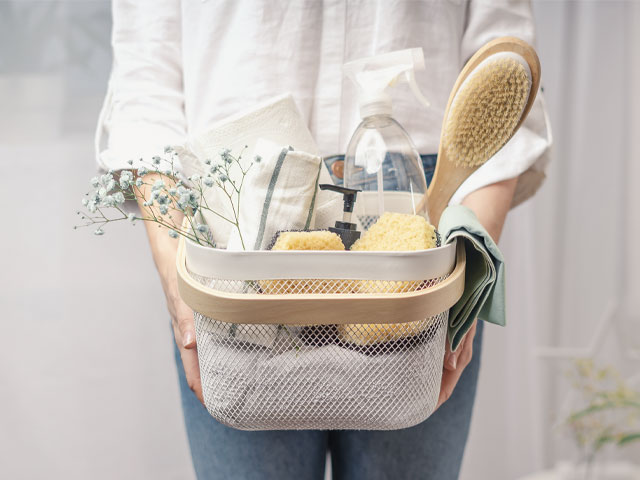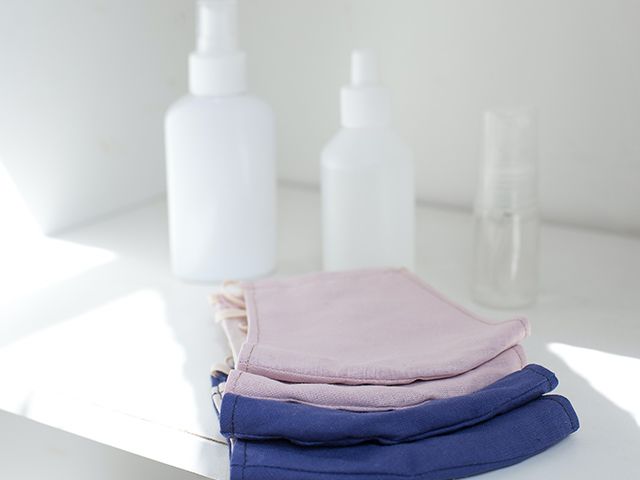
Photo: Anna / Adobe
How to remove mould from your home
When the temperature drops, condensation leads to moisture on windows which can, in turn, cause damp and mould.
Not only is this pretty unsightly, but it can also cause some unpleasant health issues including, respiratory problems and skin conditions, particularly if you have allergies or asthma. Thankfully, there are some simple yet effective ways to spot the early signs of damp and mould, and banish them from your home so you can get right back to cosying up.
How to spot the signs of mould and damp
Dampness and mould can occur in homes that aren’t properly insulated or ventilated, especially when wet clothes or hot showers are adding moisture to the room. It can gradually build up, and eventually cause structural damage.

According to Confused.com home insurance, the key signs of mould to look out for include:
• Discolouration or staining
• Musty odour
• Damp surfaces
• Leaky plumbing
• Moisture condensation
There are lots of ways to prevent mould and damp from building up around your home. But if mould and damp has already accumulated, here are the best ways to remove mould.
Mould spray
Firstly, prepare your mould removal bleach solution, or an anti-mould spray. You can also anti-mould gel, which won’t drip, such as this mould-removal gel from Amazon.
“You’ll need a stiff brush, a bucket of water with a cloth and another cloth for drying after use,” explains Nancy Emery from Only Radiators. “Some people may find it beneficial to wear a face mask so you don’t breathe the mould into your lungs.”
Next, apply the solution to the areas where there’s mould build-up, whilst also applying a few inches around the mould.
“Then, scrub the mould firmly with a strong brush and wait for however long the instructions indicate,” Emery continues. “For tighter spaces you can also use a toothbrush for mould you can’t reach with your stiff brush. Once done, rinse thoroughly and then dry completely with your dry cloth.”

Vinegar
Vinegar is a great inexpensive way to remove mould.
“All you need to do is to pour it into a spray bottle and mix it with water (usually a ratio of 2:1) and leave for 30 minutes to an hour before wiping with a damp cloth,” Emery explains. “Once this is done, be sure to allow the area to completely dry.”
Bleach
To keep costs down and avoid overspending on sprays, applying bleach is a cheap alternative to remove mould spores from your home.
“Ensure the windows are open and the room is properly ventilated to stop the smell escaping,” Emery warns. “Mix some dish detergent and water together, and begin applying the solution with a sponge in circular motions. It’s important to then clean the sponge thoroughly before dipping it into clean water and then wiping the surface clean.”
The next part is mixing bleach and warm water together, which should then be applied to the mould patches with a sponge.
“Let this sit for around five minutes and then use warm water to wash the area and then pat down with a dry cloth,” Emery adds. “Depending on the severity, you should see the mould disappear in an hour.“




